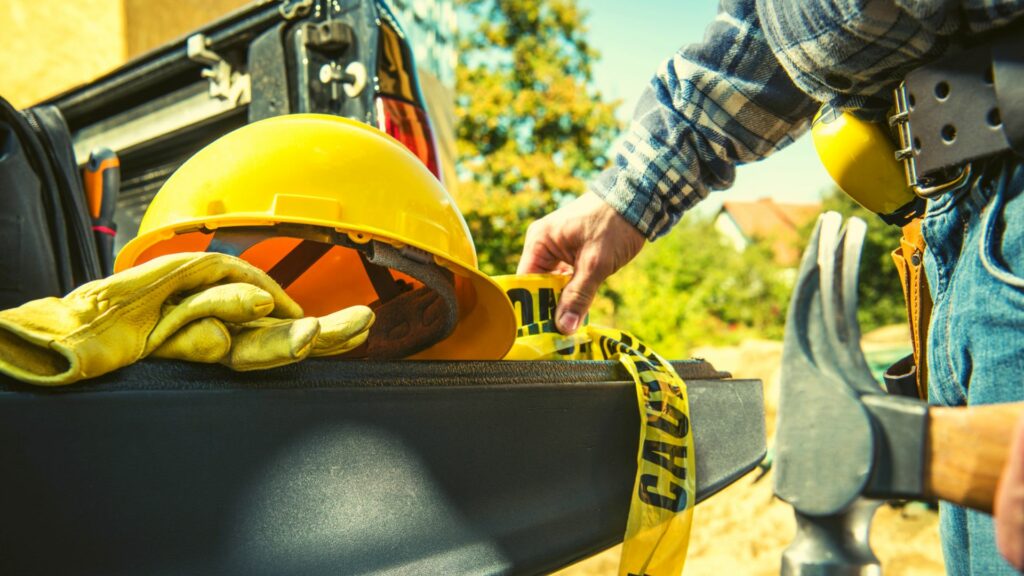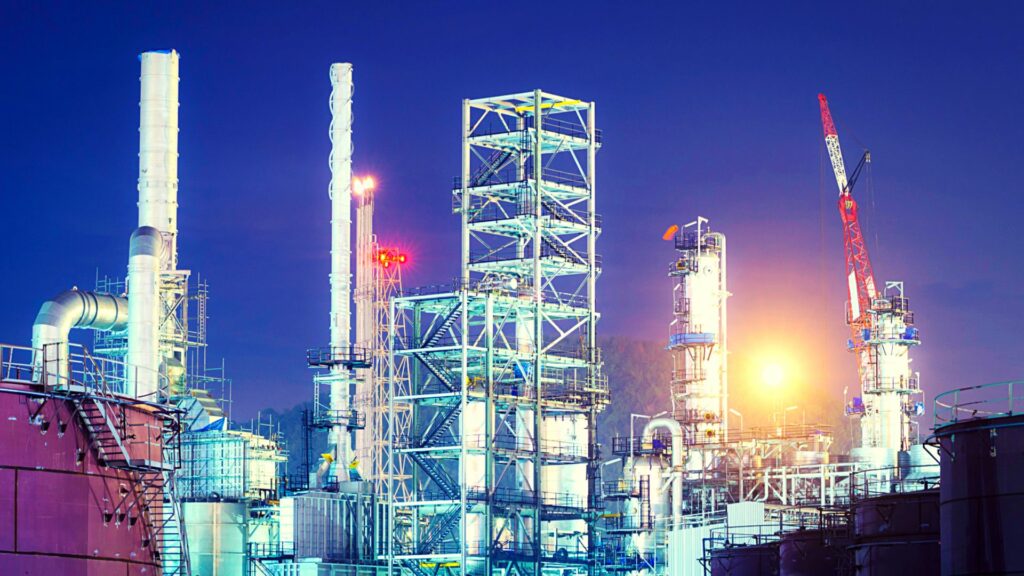Construction projects require inspection because they involve many components, materials, and people. Inspection is necessary to ensure that the project is progressing as planned and in compliance with set quality standards. An inspection happens in stages throughout the project lifecycle for various purposes.
The inspection by an independent third party is separate from the contractor’s work supervision. These inspections are necessary to provide the client with an independent view of the quality of work. The independent inspectors bear no responsibility for the job; that lies with the contractor.
Table of Contents
Why are inspection stages important?
Inspection is typically conducted during construction, but some inspections may fall outside of construction. General contract management is important before reporting project progress to the client.
Progress checks should be part of pre-contract meetings, contract reviews, contract signatures, and client onboarding. The responsibility of conducting inspections may fall on the project manager, the contractor, or a third-party contractor.
Inspection staff typically collaborate with staff from other parts of the project. Design consultants may conduct regular checks. Other types of inspection may include site management, environmental policies, and accessibility in order. These are the responsibility of individuals specializing in specific areas of the project.
Building inspectors keep a daily log or site diary in addition to conducting progress reviews and managing periodic reports. Therefore, contract and project managers can evaluate the construction work involved in the project without needing independent auditors.
Health and Safety
An inspection ensures that a construction site adheres to health, safety, and Construction Design Management (CDM) regulations. Inspections can be external or internal. They are performed by contractors, health and safety personnel, and third-party auditors.
Compliance with the CDM regulation is mandatory for caissons, excavations, and cofferdams. However, health and safety inspections may be required for these construction activities.
Health and safety inspections typically check the following:
- Asbestos hazard
- Personal protective equipment (PPE)
- Fall protection
- Ladders and stepladders
- Site terms and orders
- Vehicles and equipment
- Structural stability
- Storage and electrical systems
- Sanitation facilities
- Respiratory risk management
The timing and frequency of inspections are important to ensure the accuracy of reports produced and allow swift action. The inspection report must indicate the reporter's details, location, description, date, and time of inspection, the details of the identified health and safety issues, the actions taken, and further action needed.

Quality
Quality control (QC) inspections involve verifying that buildings meet requirements. Technical specifications for quality control describe the controls that should be installed to ensure that the design meets its expectations.
Construction projects must comply with the ISO 9000 family of standards. Quality-related inspections focus on processes, materials, services, and work units under contract quality requirements.
The inspection plan should be linked with the quality plan for construction works that need construction quality assurance to prevent potential issues. Quality inspections may also include action plans, work instructions, and other documents that control the construction process.
Sometimes, third-party certifications are used in place of these quality controls.
Building control
Building inspections are important to ensure compliance with federal and state building codes. Building inspections are performed by a licensed inspector or local building inspector.
Building control inspections are necessary to test compliance during excavation, foundation installation, covering of drains, insulation, roof work, and completion. Building inspections may also test primary beams and steel structures.
Building control inspections are notified in advance and may not be necessary for smaller projects. The Building Inspector sometimes approves smaller projects after inspection alone.
Additional inspections
Additional inspections may include quality, health, safety, building control, design verification, insurance, archaeological examinations, Road Authority, contamination, and factory inspections.
The intensity of inspections will depend on the size of the project and intended use. For example, a mall to be used by thousands of people will need more inspections than a 2000-square-foot home.

Summary
Inspection is important in construction to ensure quality and reduce health and safety risks. During construction, the contractor must ensure that all the workers wear appropriate protective personal equipment on site.
Any materials and waste must be handled correctly. In case of contamination or hazardous substances, the contractor should bring in contamination experts. Independent auditors may check that the building meets the design and structural requirements.
Health and safety inspectors will also come in to ensure there are no risks to the health and safety of workers and final occupants. Finally, building control inspections are critical to ensure the structure is up to code and safe for occupation.

